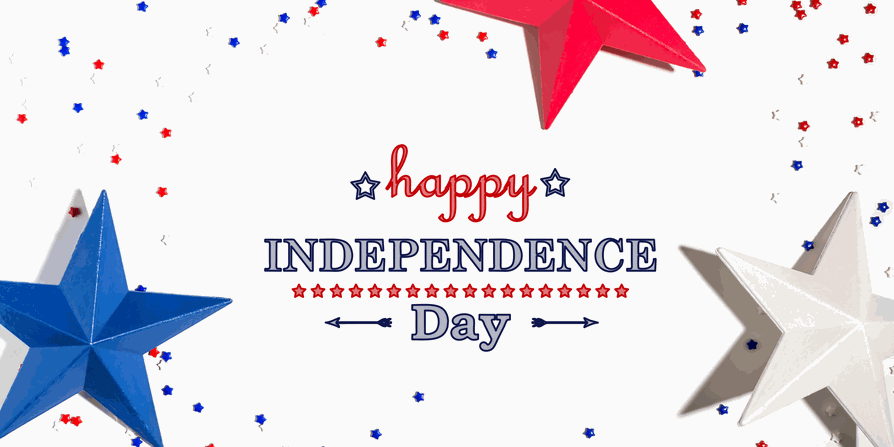 What is a content audit and do I need one?
What is a content audit and do I need one?
I’ll answer the second part of that question first, YES!
Now to the first part of that question – what is a content audit? Content itself is anything you are saying, writing, publishing to get the message out about your product or service offering. We as professionals and entrepreneurs are constantly preached at about creating content and getting in front of our target audience. Have you ever take the time to audit your messaging? What exactly does that mean? It means that you are looking at the actual message that you are creating and ensuring that it truly does resonate with your target customer.
The first thing that you need to do is conduct research and confirm what people are actually searching for. Then you need to identify based on your research, which messaging strategy is the right path to tackle. Once you’ve identified the message, its time to audit your current content to see if it aligns with what you’ve researched and identified.
Let’s break this down a bit.
Researching your content
To begin the research process, you will need to compile all of your current messaging in front of you. This includes any brochures you have, website content, emails, social media posts, videos, podcasts. Ask these questions related to your content:
Are there any trends within your messaging that you’ve identified?
What content is obtaining the highest level of engagement and positive response?
Does your content have a clear next step to take?
Is your content connecting to your target audience?
Now, let’s see how others understand the current state of your message.
1. Share your message with people who are not familiar with your product or service offering and ask them these questions:
Is it clear what I am providing/offering?
Is it clear who my target customer is?
Is it clear, what pain point I am solving for my target customer?
2. Identify some of the key messaging that was collected from your initial research and jump online to see what types of questions and searches are taking place related to your product or service offering.
Visit quora.com and look at your industry. What types of questions are being asked?
Visit LinkedIn Groups related to your industry or your target audience’s industry. What types of questions are being asked?
3. Utilize some of the tools that are available online including:
See what type of keywords and phrases are being typed into the search engine related to your offering. Now do this process again but think about the problem that you are solving for your target customer. Type in these phrases to see what else shows up.
You’ve collected a lot of data points now. Review all of your research and let’s move to the "identify" stage of this process.
 Identify the Trend
Identify the Trend
Identifying trends can be a daunting task, but it is well worth it. Compile the results of all of your data and see if anything jumps out. Are there searches being conducted on a specific topic that is surprising to you? Do you consistently see the same results based on your research and what others are responding to and engaging with?
Looking at the customer journey and how it aligns to your sales process specifically, you need to identify what message you want to convey at each stage of your sales process and know what content pieces align with what stages.
Top of funnel activities
Middle of funnel activities
Bottom of funnel activities
Once you’ve identified your messaging strategy and how it aligns with your sales funnel, its now time to actually audit your content.
Get to the Audit
1. Set up a spreadsheet with these headers in the columns:
Content | Type of Content | Funnel | Message | Action
2. Content - List all of your content (web pages, blog posts, podcasts, videos, printed materials, etc) in that first column labeled content.
3. Type of Content - Identify what type of content it is (this will make it easy for you to keep tabs on your content, and filter in the future if you only want to focus on blog posts or something along those lines).
4. Funnel – Is this content considered top, middle, or the bottom of the funnel content?
5. Message – What is the primary purpose of the message with that content?
6. Action – your actions will be 1 of 4 options:
Content is good as is, nothing needs to change.
Content is ok and requires some tweaking.
Content is not relevant and should be removed.
Content is missing and needs to be created.
That last item on the action plan helps you to identify which content strategy pieces you would like to have included in your messaging and do not currently have available.
Now you have an action plan to clean up your content so that you can attract your target customer to your business.
Lori J. Highby is the president and owner of Keystone Click, a digital marketing agency in Milwaukee, WI. She speaks, teaches, blogs and podcasts on the topics of digital marketing, entrepreneurship, and B2B sales & marketing. Visit www.keystoneclick.com to learn more.









